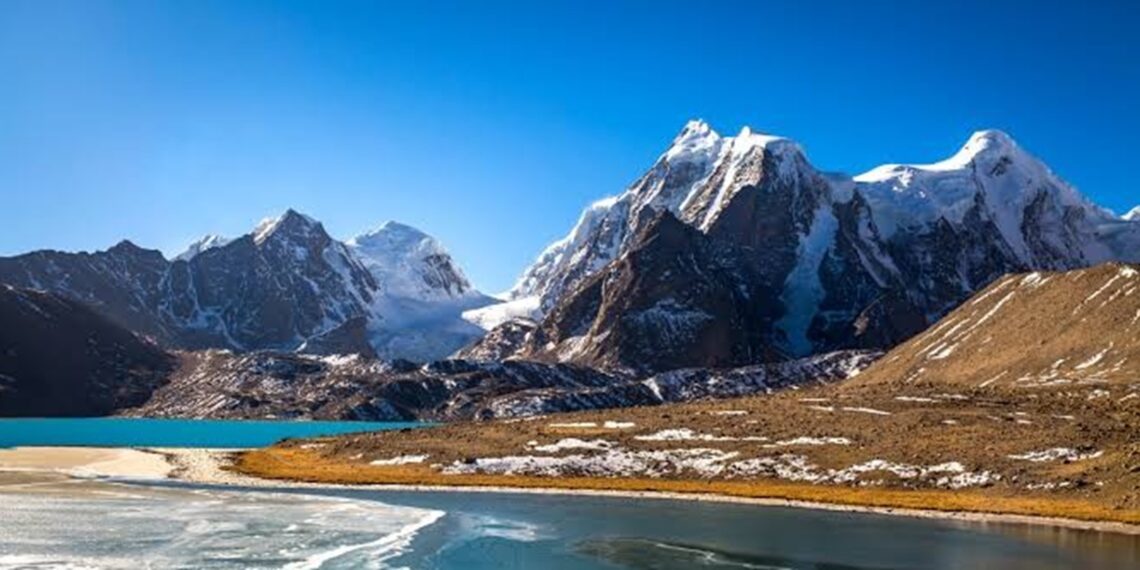Itanagar: A multidisciplinary team of Indian scientists has completed a detailed risk evaluation of Rani Lake, a glacial body categorised as potentially hazardous by the National Disaster Management Authority (NDMA) due to its likelihood of triggering a Glacial Lake Outburst Flood (GLOF).
The lake, situated near Gorichen Peak in Arunachal Pradesh’s Tawang district, was assessed during a week-long high-altitude expedition from April 19 to 26.
The initiative was led by the Centre for Earth Sciences and Himalayan Studies (CESHS), in collaboration with the National Centre for Polar and Ocean Research (NCPOR), the Ministry of Earth Sciences, and the Indian Institute of Technology (IIT) Guwahati.
According to CESHS Director (Earth Sciences) Tana Tage, the scientific team comprised experts from NCPOR, CESHS, and IIT Guwahati, who conducted comprehensive glacio-hydrological studies to evaluate the glacier’s health and the dynamics of its associated water systems.
At an elevation of 5,032 meters above sea level, the team carried out glacier mass balance measurements to analyze the glacier’s response to ongoing climatic shifts.
A bathymetric survey was also conducted to determine the lake’s depth and volume, while terrain mapping focused on assessing moraine stability, drainage routes, and potential downstream hazards.
Researchers also maintained and recalibrated existing water level sensors and directly measured glacier meltwater discharge to estimate total runoff—critical data for understanding seasonal flow variations and potential flooding scenarios.
In a pioneering move, the expedition team performed the first-ever preliminary survey of a cluster of Category-B glacial lakes situated at around 5,300 meters altitude.
These lakes, also identified by NDMA, are now part of an extended hazard monitoring plan aimed at bolstering disaster preparedness across the Himalayan region.
ALSO READ: Illegal coal trade: Congress MP slams Assam government after ED raids
Reaching the remote glacial site required navigating treacherous terrain, snow-laden passes, and rapidly shifting weather conditions, reflecting the intense logistical challenges faced by the research team.
To support future scientific missions, a suitable location at Mirathang has been earmarked for setting up a permanent high-altitude Field Research Station—an effort CESHS believes will significantly streamline ongoing glacier monitoring and climate resilience research in the Eastern Himalayas.















